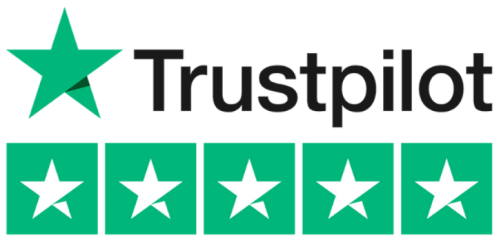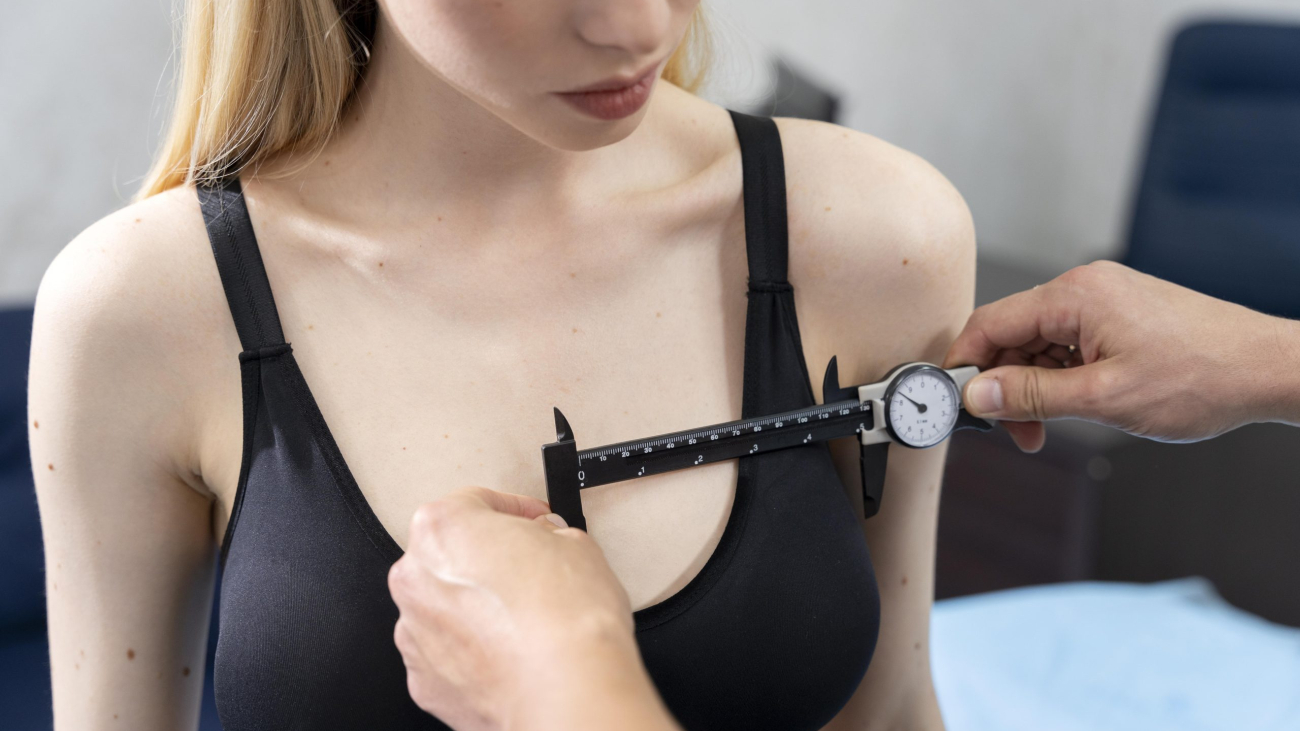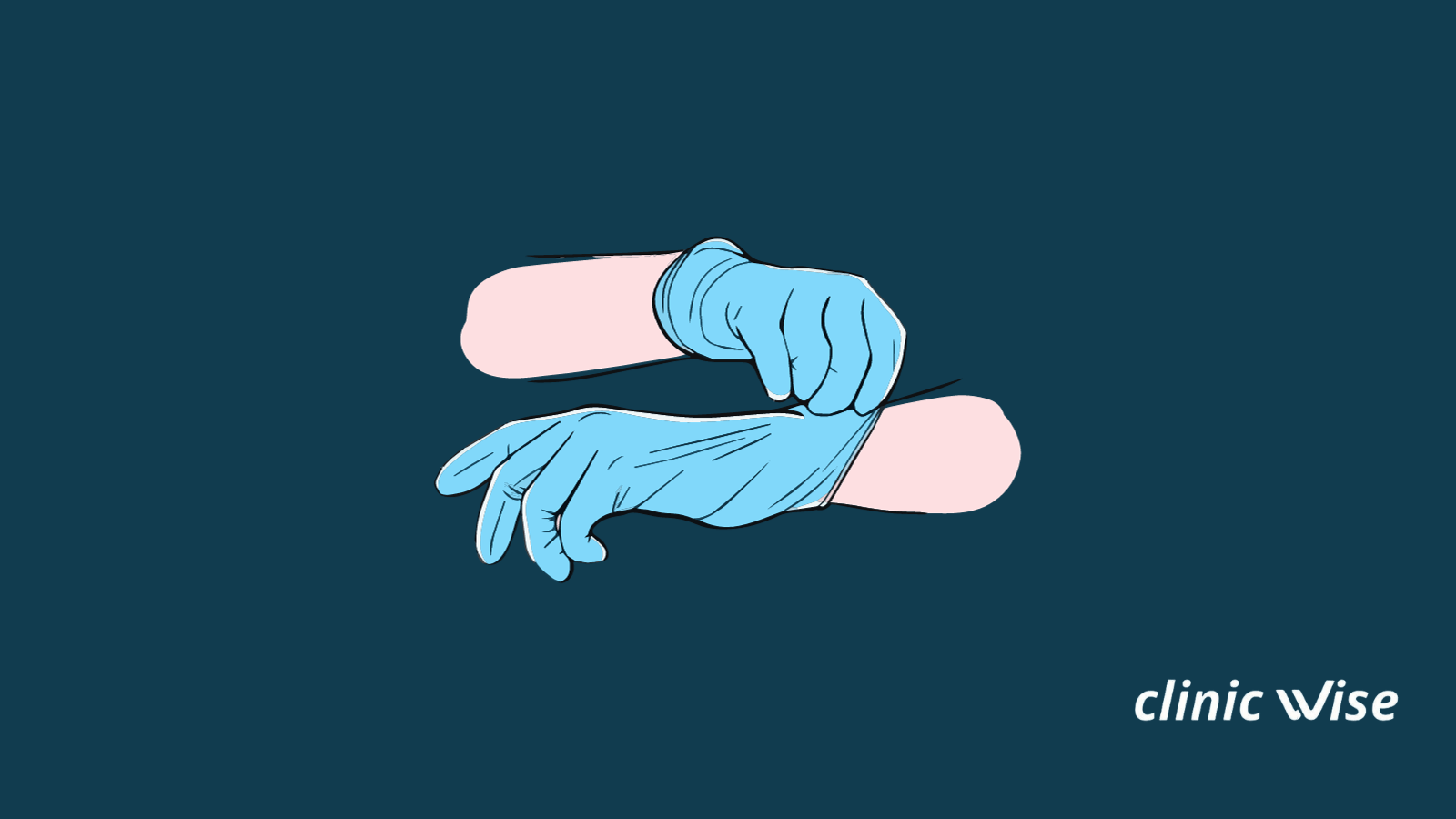Choosing between breast augmentation with fat transfer vs implants is one of the most important decisions you’ll make in your cosmetic surgery journey. Both procedures offer distinct advantages for enhancing breast size and shape, but they work through fundamentally different approaches. Understanding the key differences in technique, results, recovery, and longevity will empower you to select the method that best aligns with your aesthetic goals, lifestyle, and body type.
While breast implants have been the gold standard for dramatic size increases for decades, fat transfer breast augmentation has emerged as a compelling natural alternative for women seeking moderate enhancement. Each approach has specific benefits and limitations that make them ideal for different patient profiles and expectations.
Understanding Both Procedures: The Basics
Traditional Breast Implants
Breast implant surgery involves placing silicone or saline-filled devices beneath the breast tissue or chest muscle to increase volume and improve shape. This surgical procedure has evolved significantly over decades, with modern implants offering natural feel, diverse shapes, and proven safety profiles.
Implant Types Available:
- Silicone gel implants (most popular for natural feel)
- Saline implants (adjustable volume, slightly firmer feel)
- Structured saline implants (enhanced natural movement)
- Gummy bear implants (form-stable cohesive gel)
Fat Transfer Breast Augmentation
Fat transfer breast augmentation, also called autologous fat grafting, involves harvesting fat from donor areas of your body through liposuction, processing it, and carefully injecting it into the breasts. This technique uses your own tissue to create natural enhancement without foreign materials.
Process Overview:
- Liposuction from areas with excess fat (abdomen, thighs, flanks)
- Fat purification and preparation
- Strategic injection into breast tissue
- Natural integration over several months
Can You Do a Fat Transfer Instead of Breast Implants?
Yes, fat transfer can absolutely serve as an alternative to breast implants, but with important considerations:
Ideal Candidates for Fat Transfer:
Sufficient Donor Fat You need adequate fat reserves in areas like the abdomen, thighs, or flanks for harvesting.
Moderate Size Goals Fat transfer typically increases breast size by one to one-and-a-half cup sizes per procedure.
Natural Results Priority Patients who prioritize the most natural look and feel over maximum size increase.
Concerns About Implants Those worried about foreign materials or implant-related complications.
When Fat Transfer May Not Be Suitable:
Dramatic Size Increase Desired If you want to increase two or more cup sizes, implants are typically more effective.
Very Thin Body Type Insufficient donor fat makes the procedure impossible or limits results.
Immediate Full Results Fat transfer requires patience as final results develop over months.
Is It Better to Get Breast Implants or Fat Transfer?
The answer depends entirely on your individual circumstances and priorities:
Fat Transfer Advantages:
100% Natural Material Uses your own body tissue, eliminating foreign object concerns and providing the most natural look and feel.
Dual Body Contouring Benefit Removes unwanted fat from problem areas while enhancing breast size simultaneously.
No Implant-Related Complications Avoids capsular contracture, implant rupture, or rippling concerns.
Minimal Scarring Tiny incisions for liposuction and injection leave virtually invisible marks.
Natural Aging Breasts age naturally with your body without implant-related changes.
Breast Implant Advantages:
Predictable Size Increase Precisely control final breast size with specific implant volumes.
Dramatic Results Possible Can achieve two or more cup size increases in a single procedure.
No Donor Site Requirements Suitable for thin patients without adequate body fat reserves.
Immediate Full Results Final size visible immediately after surgery, though settling occurs.
Longer Track Record Decades of research and refinement provide extensive safety data.
Downsides of Breast Fat Transfer
Understanding limitations is crucial for setting realistic expectations:
Size Limitations
Modest Enhancement Only Each procedure typically adds one to one-and-a-half cup sizes maximum.
Multiple Sessions May Be Needed Larger increases require staged procedures spaced months apart.
Fat Reabsorption
Unpredictable Survival Rates Approximately 30-50% of transferred fat may be reabsorbed by the body.
Variable Results Individual biology affects how much fat successfully integrates.
Donor Site Requirements
Adequate Fat Necessary Very lean patients may not have sufficient fat for meaningful enhancement.
Additional Liposuction Recovery Donor areas require healing time and may experience temporary discomfort.
Time to Final Results
Months-Long Process Final results take 6-12 months as fat settles and stabilizes.
Initial Overcorrection Surgeons often transfer extra volume anticipating some reabsorption.
Cost Considerations
Higher Per-Procedure Costs Fat transfer often costs more than implants due to technical complexity.
Potential Multiple Procedures Additional sessions increase overall investment significantly.
Mammogram Interference
Calcifications Possible Fat necrosis can create calcifications that complicate mammogram interpretation.
Specialized Imaging Required May need additional imaging or experienced radiologists for accurate screening.
Breast Fat Transfer Recovery Time
Recovery from fat transfer breast augmentation involves healing both donor and recipient sites:
Immediate Post-Operative Period (Days 1-7):
First 48 Hours Moderate soreness in breasts and donor areas, managed with prescribed pain medication.
Days 3-7 Swelling peaks then gradually decreases, bruising becomes more apparent then starts fading.
Activity Level Rest with limited arm movement, no lifting over 5-10 pounds.
Early Recovery (Weeks 1-4):
Week 1-2 Return to light desk work possible, continued compression garment use on donor sites.
Week 3-4 Most daily activities resume, gentle walking encouraged for circulation.
Breast Changes Breasts appear larger than final result due to swelling and overcorrection.
Intermediate Recovery (Months 2-3):
Exercise Resumption Gradual return to cardiovascular exercise and upper body workouts.
Visual Changes Noticeable reduction in size as reabsorption occurs and swelling resolves.
Donor Site Healing Liposuction areas fully healed with improved contour visible.
Final Results (Months 6-12):
Stabilization Fat survival completes, final breast size and shape established.
Scar Maturation Minimal incision sites fade to nearly invisible.
Full Activity No restrictions on physical activities including high-impact exercise.
Recovery Comparison: Fat Transfer vs Implants
Fat Transfer Recovery: Generally 2-3 weeks to normal activities, 6-12 months to final results Implant Recovery: Generally 1-2 weeks to normal activities, 3-6 months to final settling
Can You Replace Implants with Fat Transfer?
Yes, fat transfer can be an excellent option for women seeking implant removal:
Explantation with Fat Transfer (En Bloc)
Simultaneous Procedures Implants removed and fat transferred in the same surgery to maintain volume.
Capsule Management Scar tissue capsule removed or treated depending on condition and goals.
Volume Restoration Fat transfer helps prevent deflated appearance after implant removal.
Staged Approach
Implant Removal First Allow tissues to heal and contract for 3-6 months.
Fat Transfer Later Assess remaining volume and add fat as desired for natural enhancement.
Realistic Expectations
Fat transfer typically cannot fully replace the volume of large implants in a single procedure. Patients transitioning from implants to fat may need to accept smaller final breast size or undergo multiple fat transfer sessions to achieve desired volume.
Why Don’t They Use Fat for Breast Augmentation More Often?
Despite its advantages, fat transfer isn’t universally used for several reasons:
Technical Complexity
Specialized Training Required Successful fat grafting requires advanced surgical skills and extensive experience.
Time-Intensive Procedure Fat harvest, processing, and injection take significantly longer than implant placement.
Result Limitations
Size Restrictions Many patients desire increases beyond what fat transfer can reliably deliver.
Unpredictable Outcomes Fat reabsorption variability makes results less predictable than implants.
Patient Selection Criteria
Body Type Requirements Significant portion of population lacks adequate donor fat for meaningful augmentation.
Cost Factors Higher complexity translates to increased costs that exceed some budgets.
Historical Context
Implant Established Standard Decades of implant use created entrenched surgical patterns and patient expectations.
Recent Technology Improvements Modern fat grafting techniques are relatively new compared to implant history.
What Is the Safest Breast Enlargement Procedure?
Safety profiles differ based on various factors:
Fat Transfer Safety Advantages:
No Foreign Materials Eliminates implant-specific complications like rupture or capsular contracture.
Lower Infection Risk Using autologous tissue reduces foreign body infection potential.
No Long-Term Device Monitoring Unlike implants, no future replacement or monitoring required.
Breast Implant Safety Profile:
Extensively Studied Decades of research provide comprehensive safety and efficacy data.
FDA Approved and Regulated Strict oversight ensures consistent quality and safety standards.
Predictable Outcomes Well-established surgical protocols minimize unexpected complications.
Overall Safety Considerations:
Both procedures are considered safe when performed by board-certified plastic surgeons in accredited facilities. The “safest” option depends on individual health factors, anatomical considerations, and choosing an experienced surgeon specializing in your chosen technique.
Detailed Procedure Comparison
Fat Transfer or Implants: Side-by-Side Analysis
Anesthesia:
- Fat Transfer: General anesthesia (3-4 hours)
- Implants: General anesthesia (1-2 hours)
Incisions:
- Fat Transfer: Multiple small punctures (2-3mm) for liposuction and injection
- Implants: Single 4-5cm incision per breast (inframammary, periareolar, or transaxillary)
Hospital Stay:
- Fat Transfer: Usually outpatient, occasionally overnight observation
- Implants: Typically outpatient same-day discharge
Pain Level:
- Fat Transfer: Moderate (both donor and recipient sites)
- Implants: Moderate to significant (especially submuscular placement)
Return to Work:
- Fat Transfer: 1-2 weeks for desk jobs
- Implants: 1-2 weeks for desk jobs, longer for physical work
Exercise Resumption:
- Fat Transfer: 4-6 weeks for full activity
- Implants: 6-8 weeks for full upper body workouts
Final Results Timeline:
- Fat Transfer: 6-12 months
- Implants: 3-6 months
Cost Analysis: Investment Considerations
Fat Transfer Breast Augmentation Costs:
Average Range: $8,000 – $15,000 per procedure
- Surgeon fees: $5,000 – $10,000
- Anesthesia: $1,000 – $2,000
- Facility fees: $1,500 – $2,500
- Post-operative care: $500 – $1,000
Breast Implant Costs:
Average Range: $6,000 – $12,000
- Surgeon fees: $4,000 – $8,000
- Implants: $1,000 – $2,000
- Anesthesia: $800 – $1,500
- Facility fees: $1,000 – $2,000
Want a third of that price with better results? Clinic Wise offers comprehensive packages with board-certified top-tier surgeons. Book your free online consultation now.
Long-Term Cost Considerations:
Fat Transfer:
- May require additional procedures for desired size
- No replacement costs
- No long-term monitoring expenses
Implants:
- Likely replacement every 10-20 years
- Potential revision surgery costs
- Ongoing monitoring recommended
Making Your Decision: Key Factors
Choose Fat Transfer If You:
- Desire subtle to moderate size increase (1-1.5 cup sizes)
- Want the most natural look and feel possible
- Have sufficient donor fat in other body areas
- Prefer using your own tissue over implants
- Don’t mind gradual results over several months
- Want to avoid implant-specific complications
Choose Breast Implants If You:
- Desire significant size increase (2+ cup sizes)
- Want immediate, predictable results
- Have limited body fat for harvesting
- Prefer established surgical techniques
- Need precise size and shape control
- Are comfortable with device monitoring
Combining Both Approaches
Some patients benefit from hybrid procedures:
Implants + Fat Transfer:
Enhanced Natural Appearance Fat grafting over implants softens edges and improves upper pole fullness.
Revision Refinement Fat transfer can correct minor asymmetries or contour irregularities from previous implant surgery.
Size Optimization Achieve desired projection with implants while fat adds natural transition and cleavage.
Choosing Your Surgeon
Critical Qualifications:
Board Certification American Board of Plastic Surgery certification ensures comprehensive training.
Specific Technique Experience Extensive experience with your chosen procedure type (fat transfer or implants).
Before/After Portfolio Comprehensive gallery showing consistent results matching your aesthetic goals.
Patient Reviews Strong reputation for safety, results, and patient care quality.
Important Questions to Ask:
- How many of each procedure do you perform annually?
- What percentage of fat typically survives in your patients?
- Can you show me results from patients with similar body types?
- What are your complication rates for each procedure?
- How do you handle unsatisfactory results or complications?
Conclusion: Finding Your Perfect Augmentation Solution
The choice between breast augmentation with fat transfer vs implants ultimately comes down to your unique anatomy, aesthetic goals, and personal preferences. Fat transfer offers unparalleled natural results for patients with adequate donor fat seeking moderate enhancement, while implants provide predictable, dramatic results for those wanting significant size increases.
Neither option is universally “better”—each excels in different scenarios. The safest breast enlargement procedure is the one performed by an experienced, board-certified plastic surgeon on an appropriately selected patient who understands the benefits and limitations of their chosen technique.
Ready to make your decision? Get incredibly better prices for incredible results and no complications. Contact us to book your free online consultation now.

















